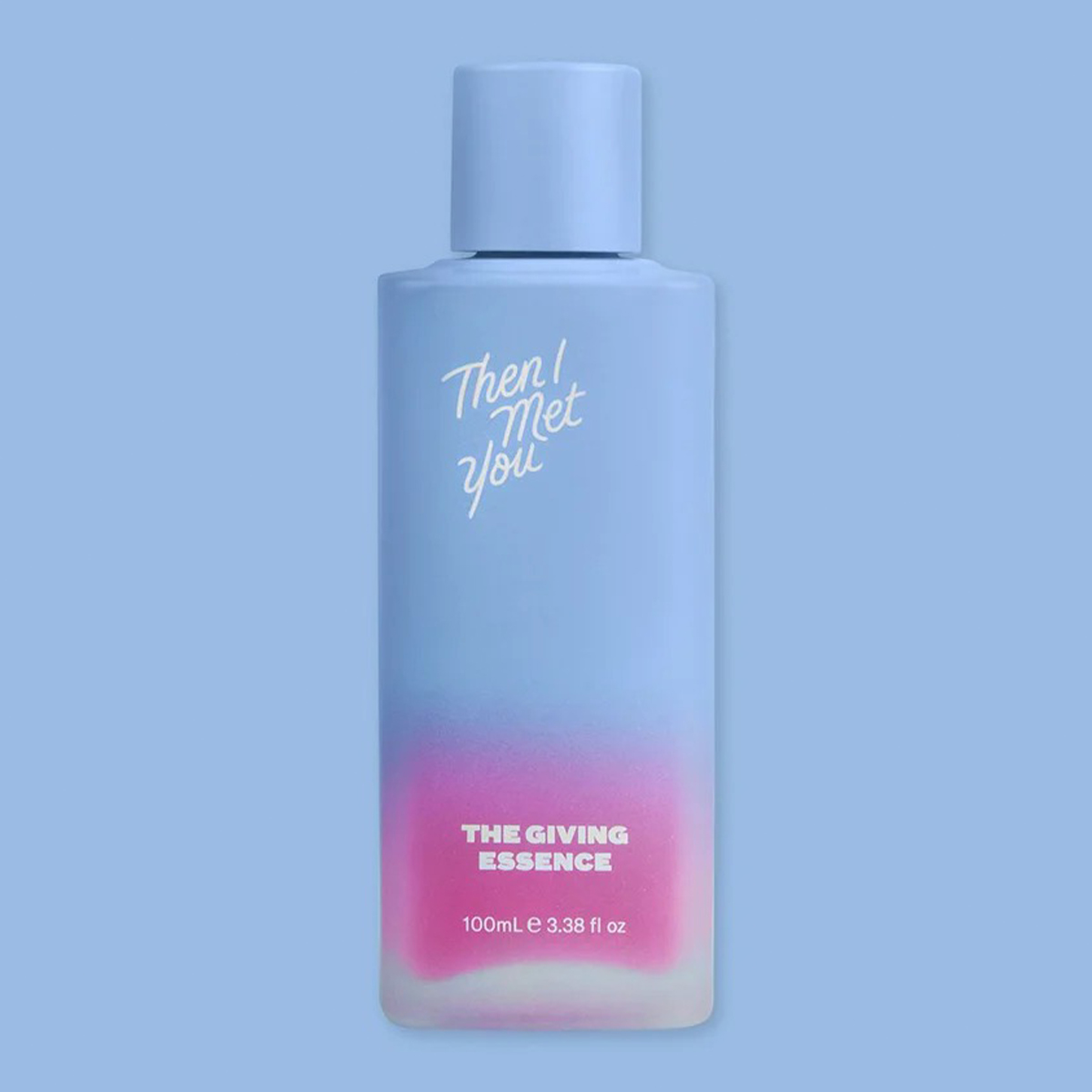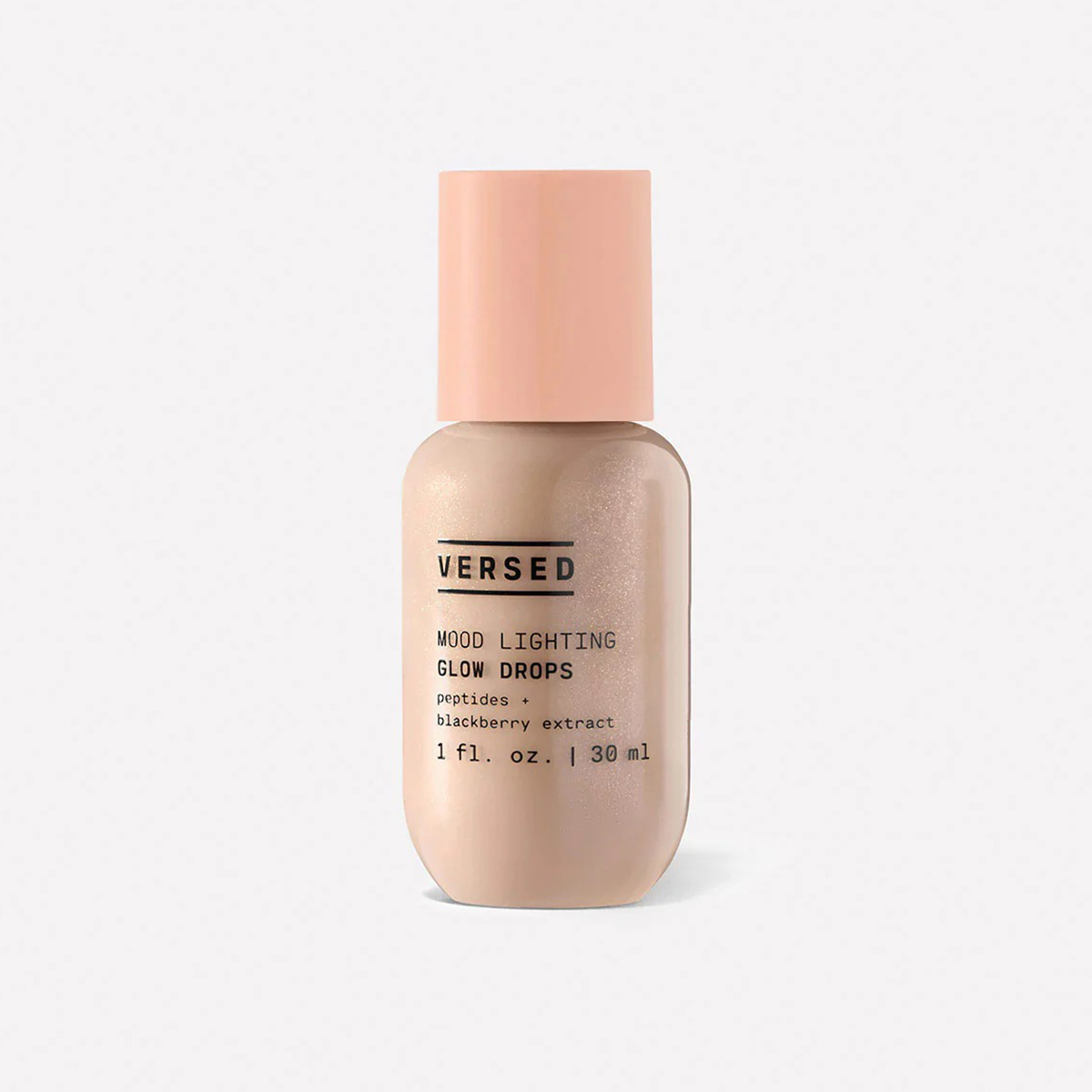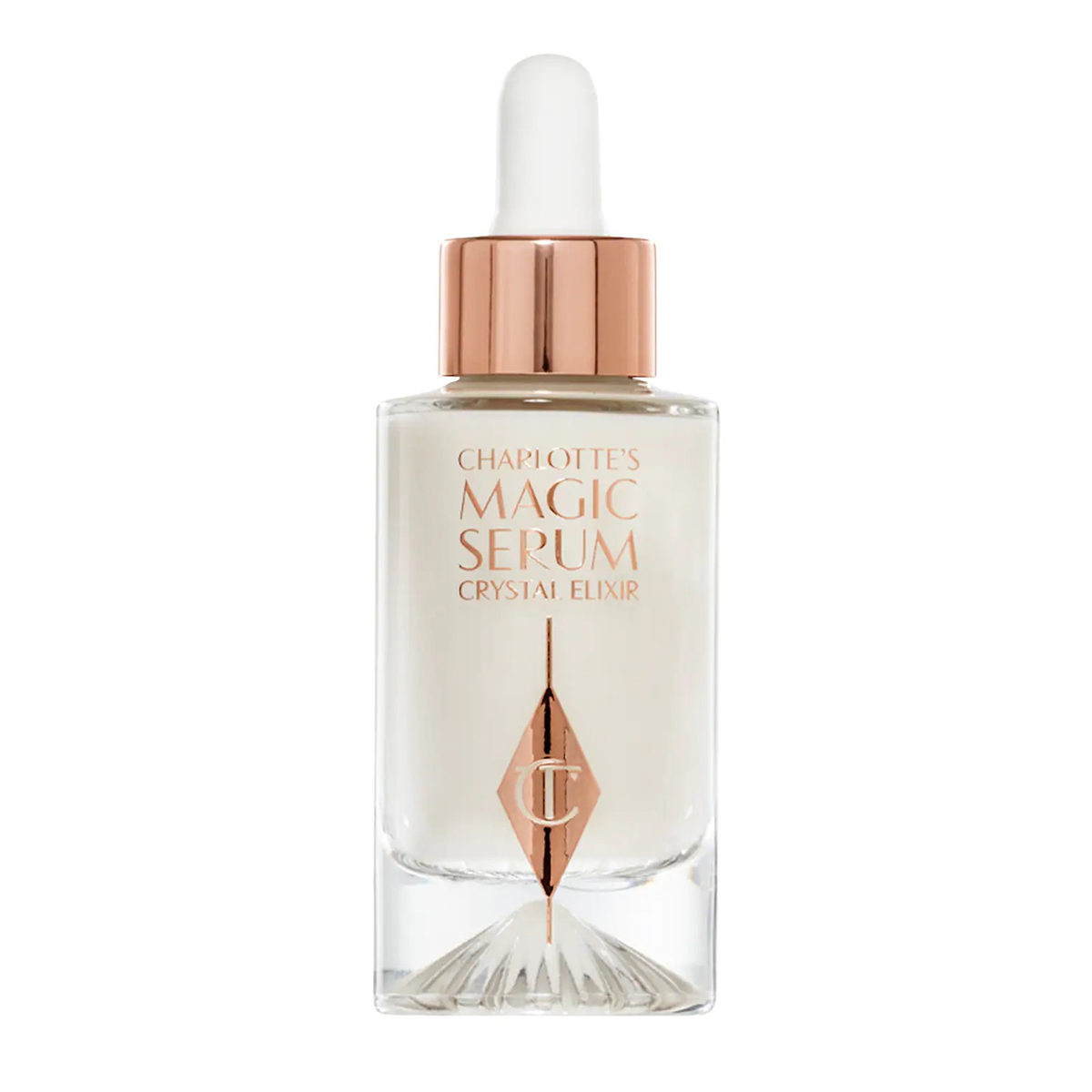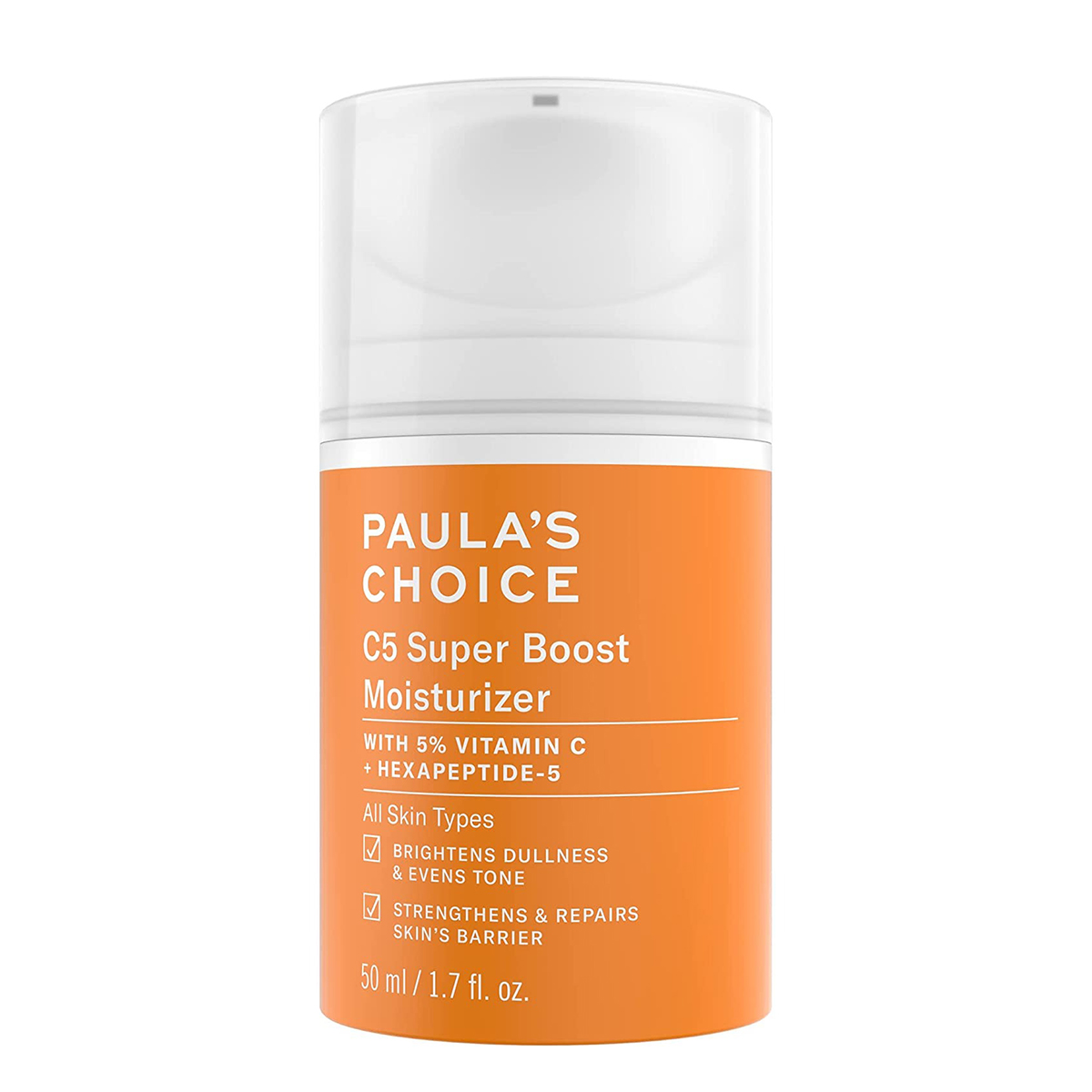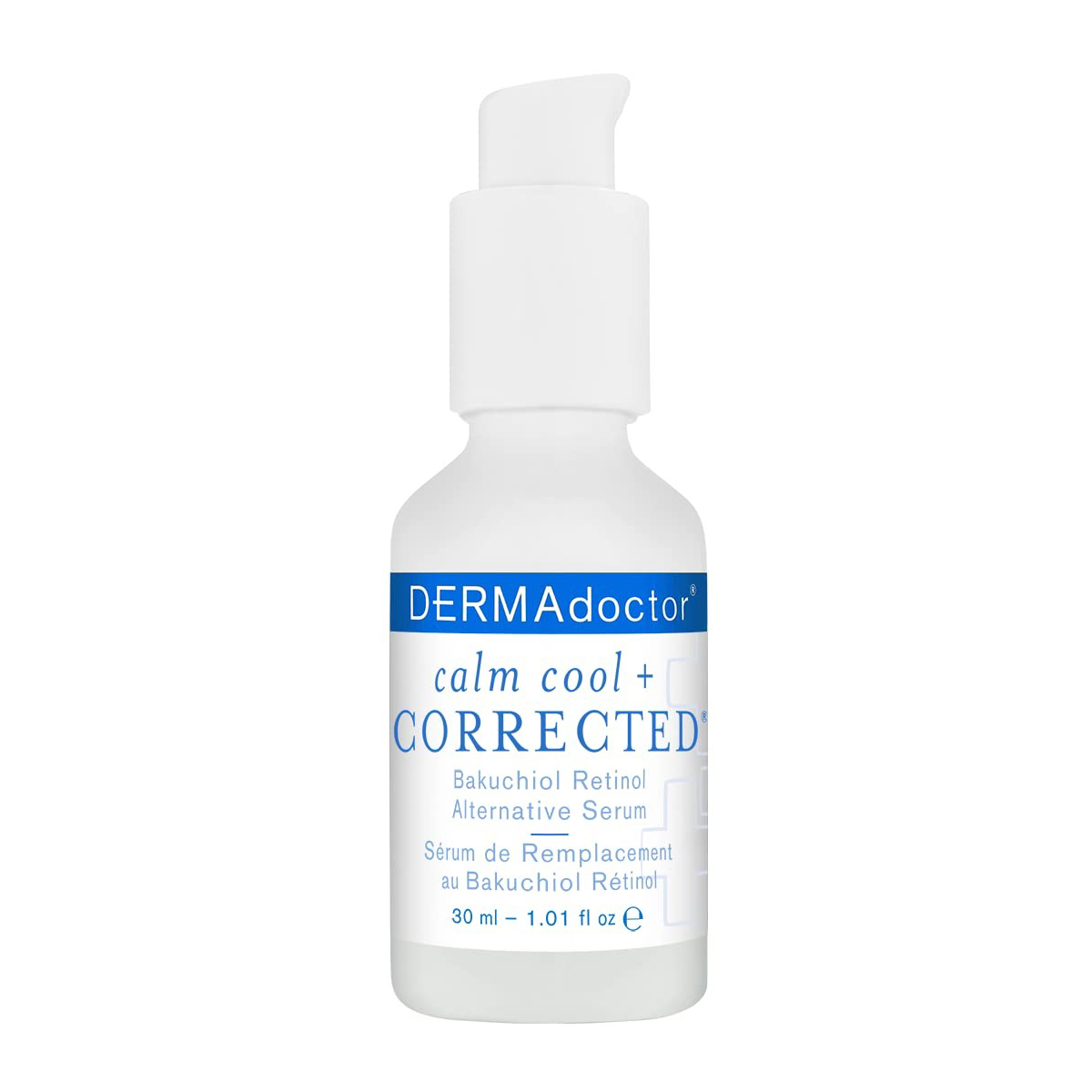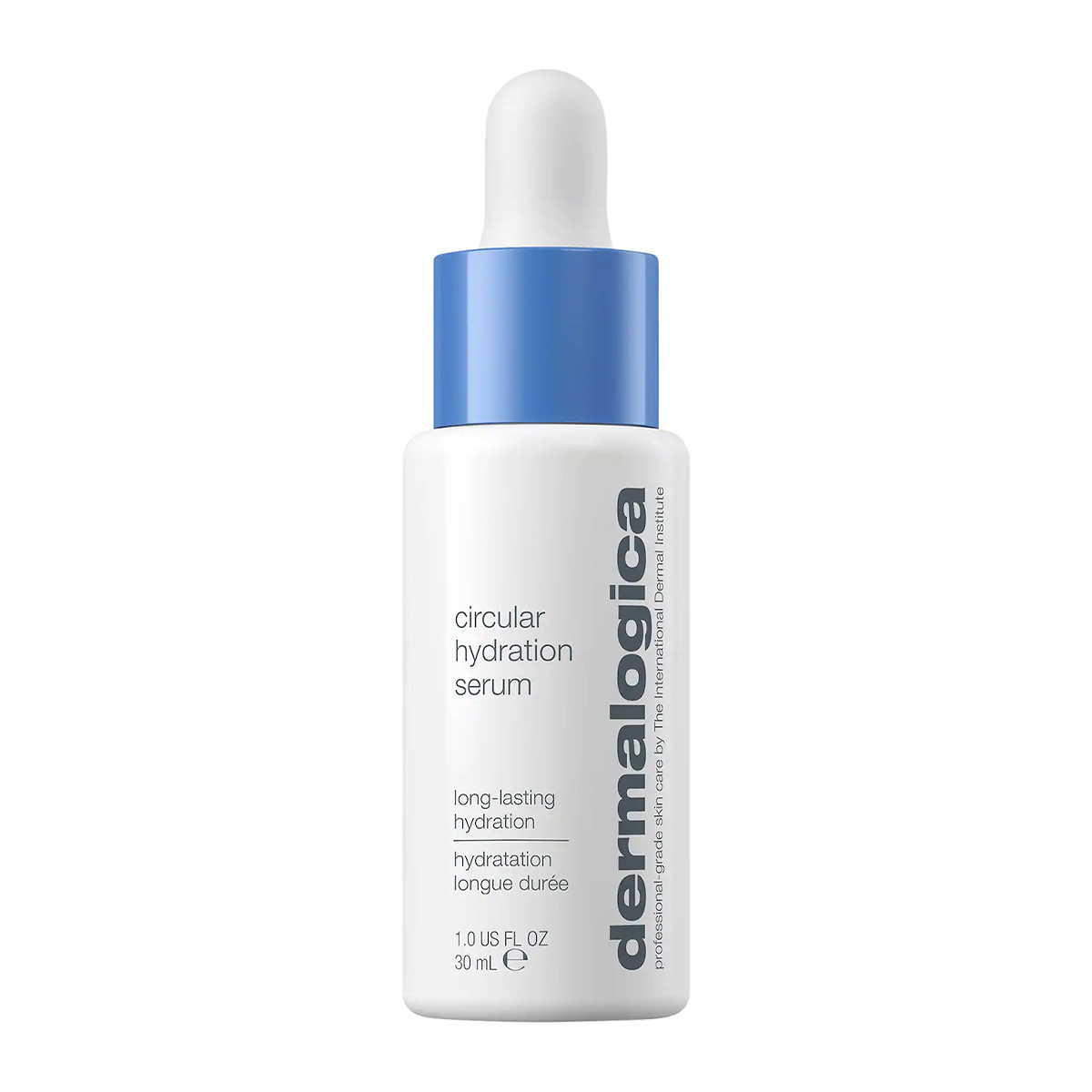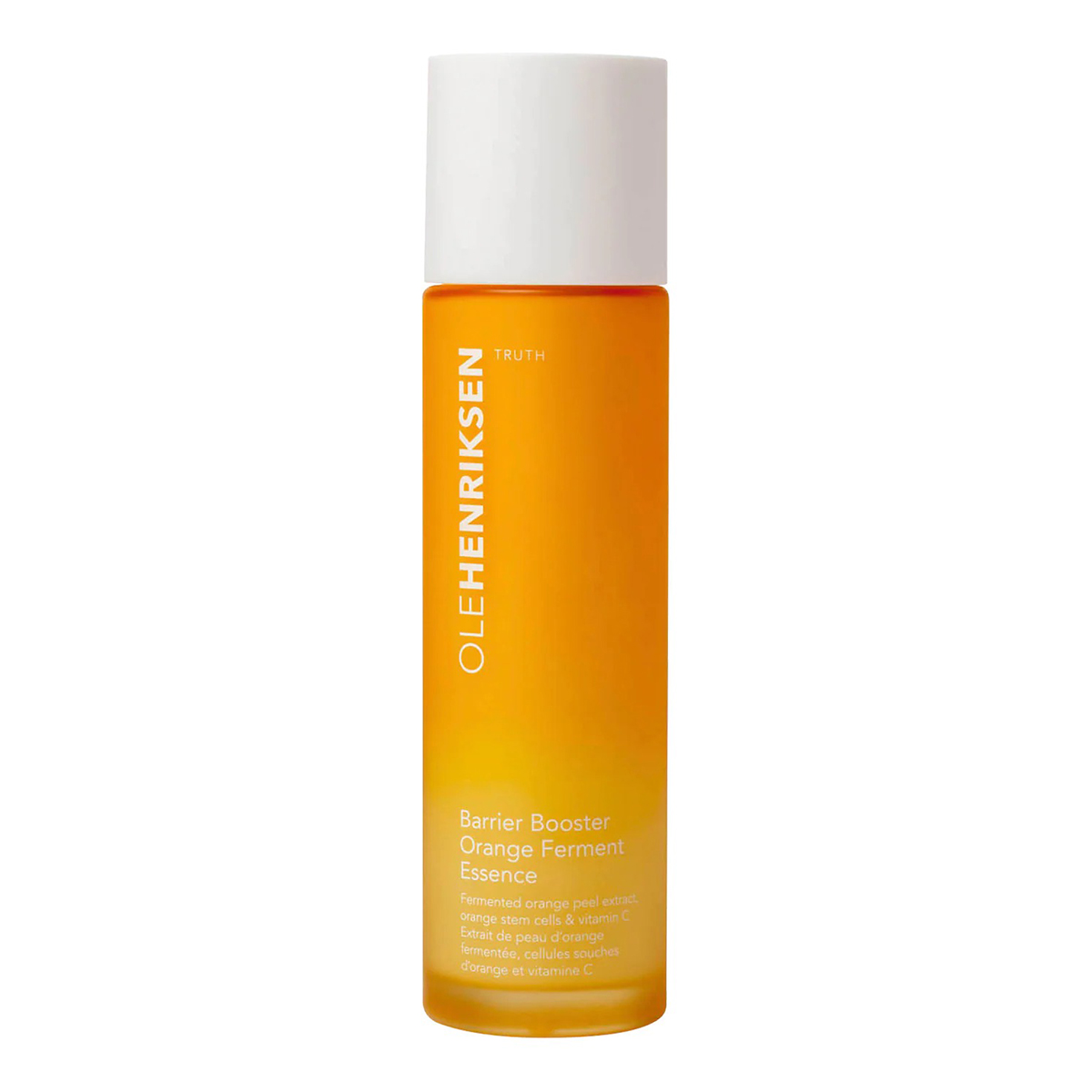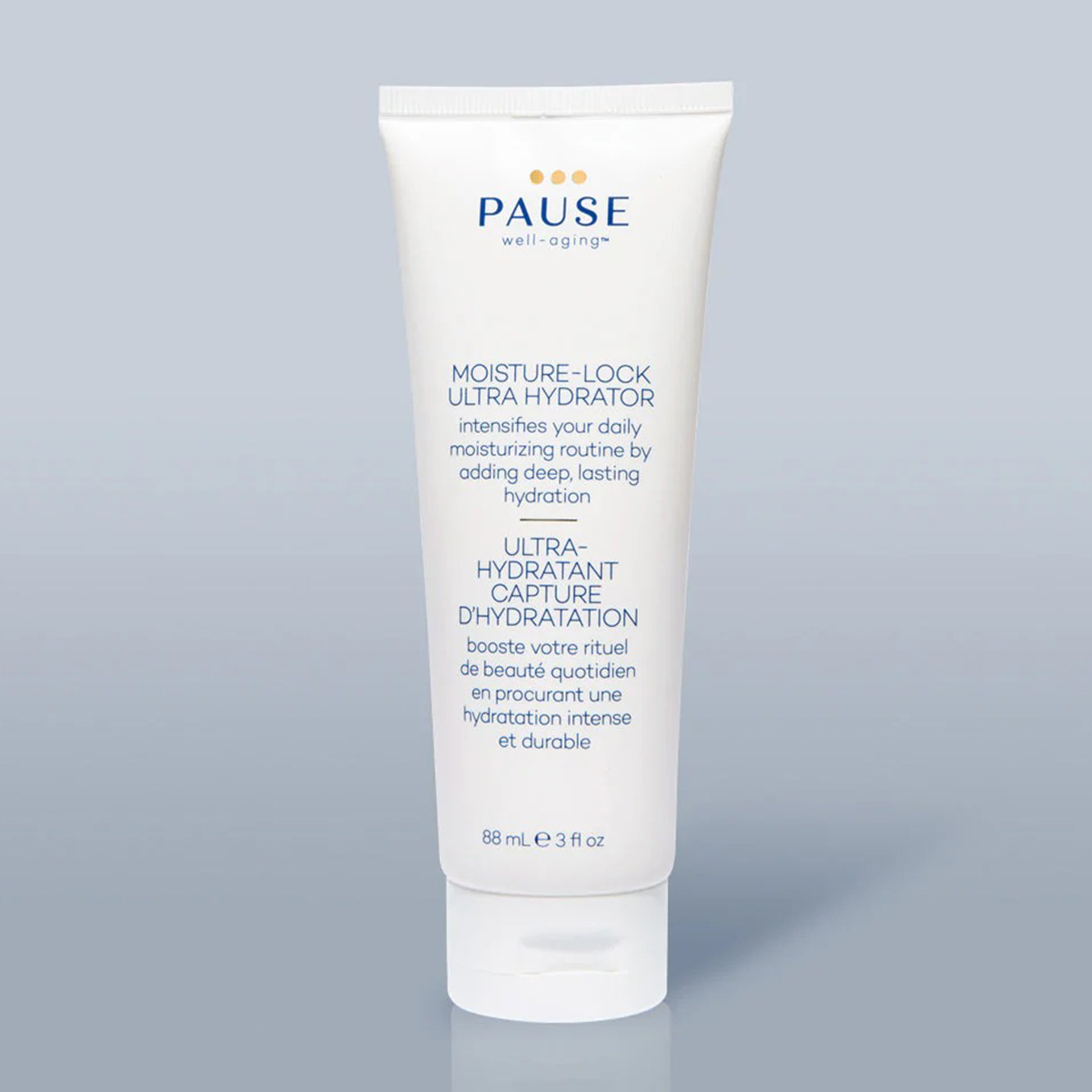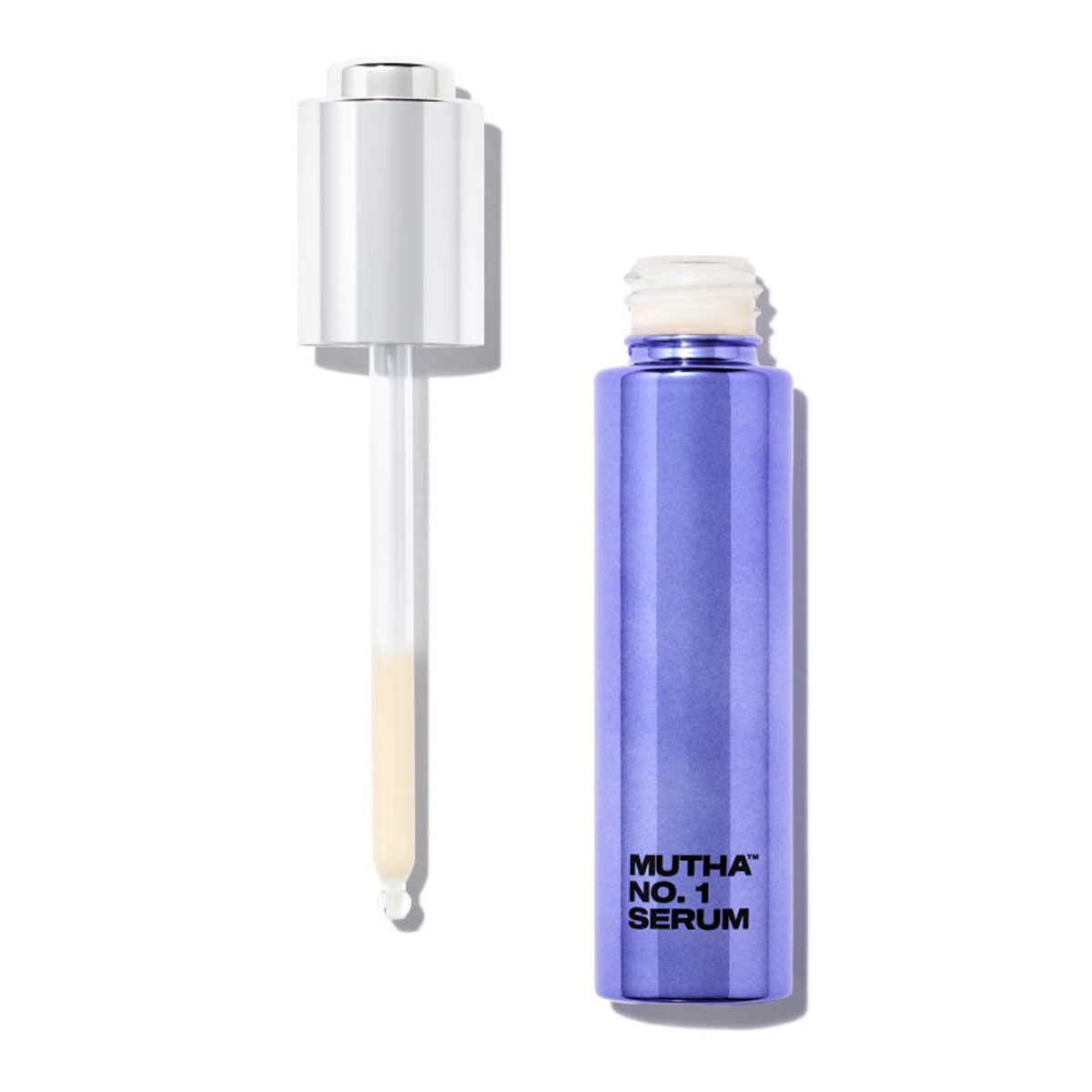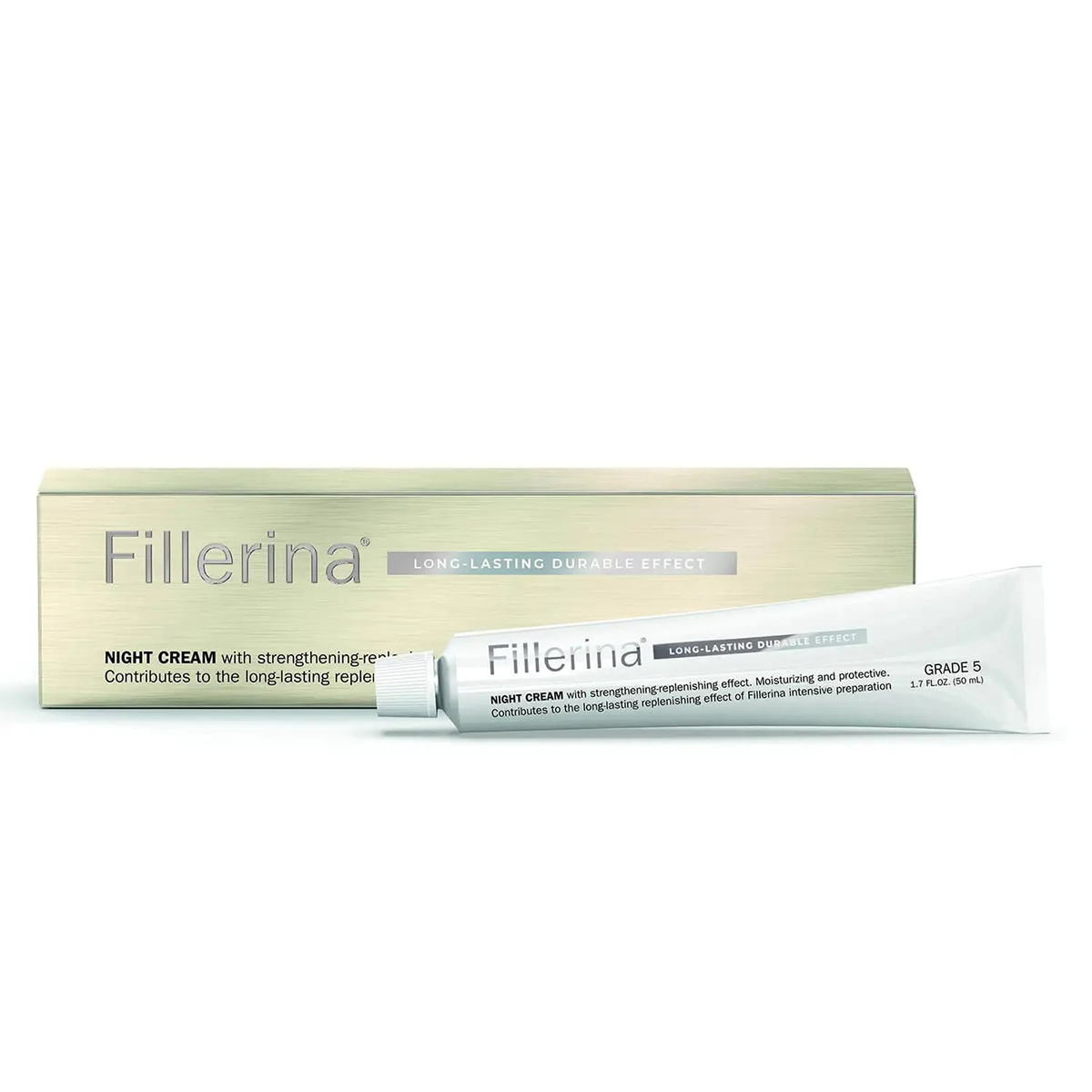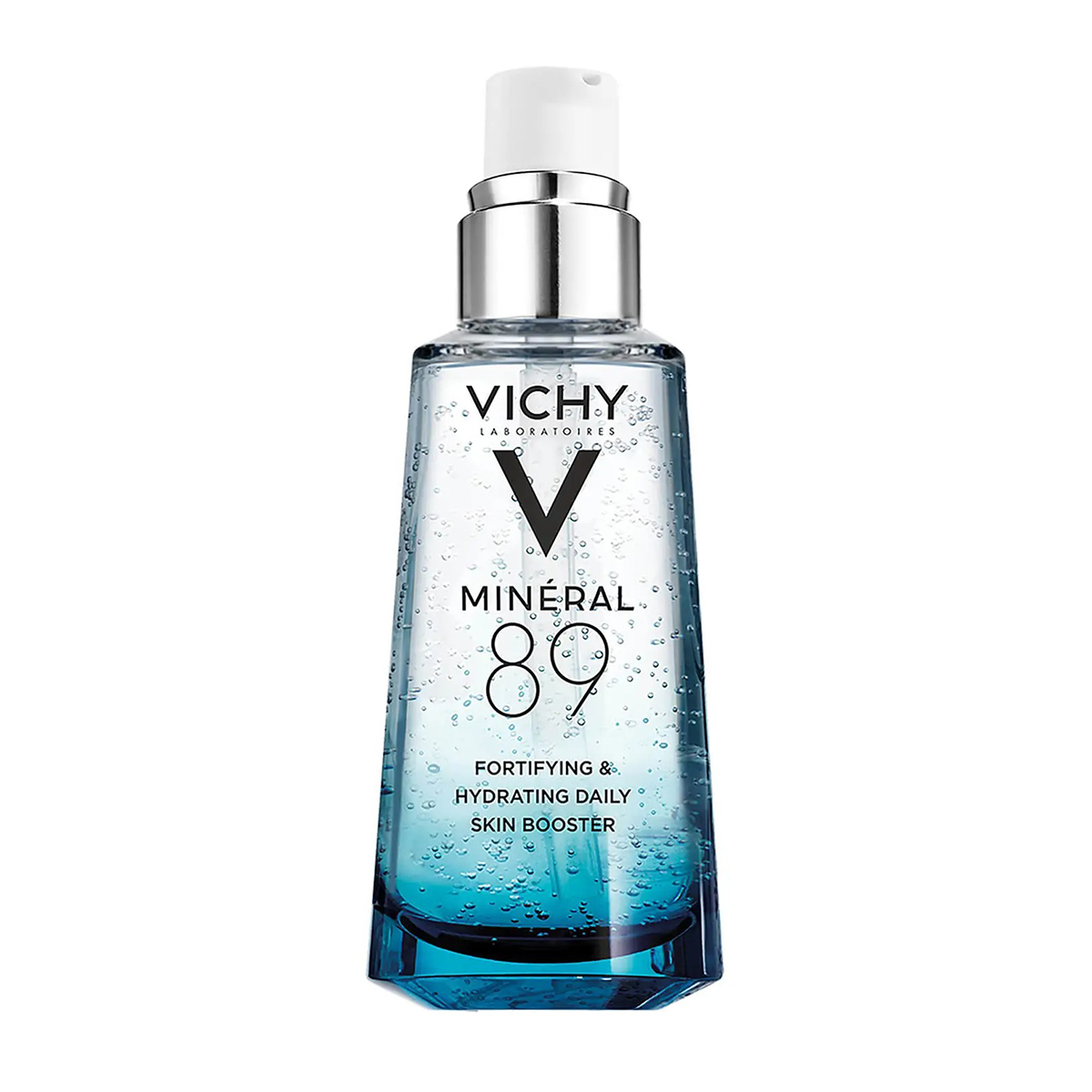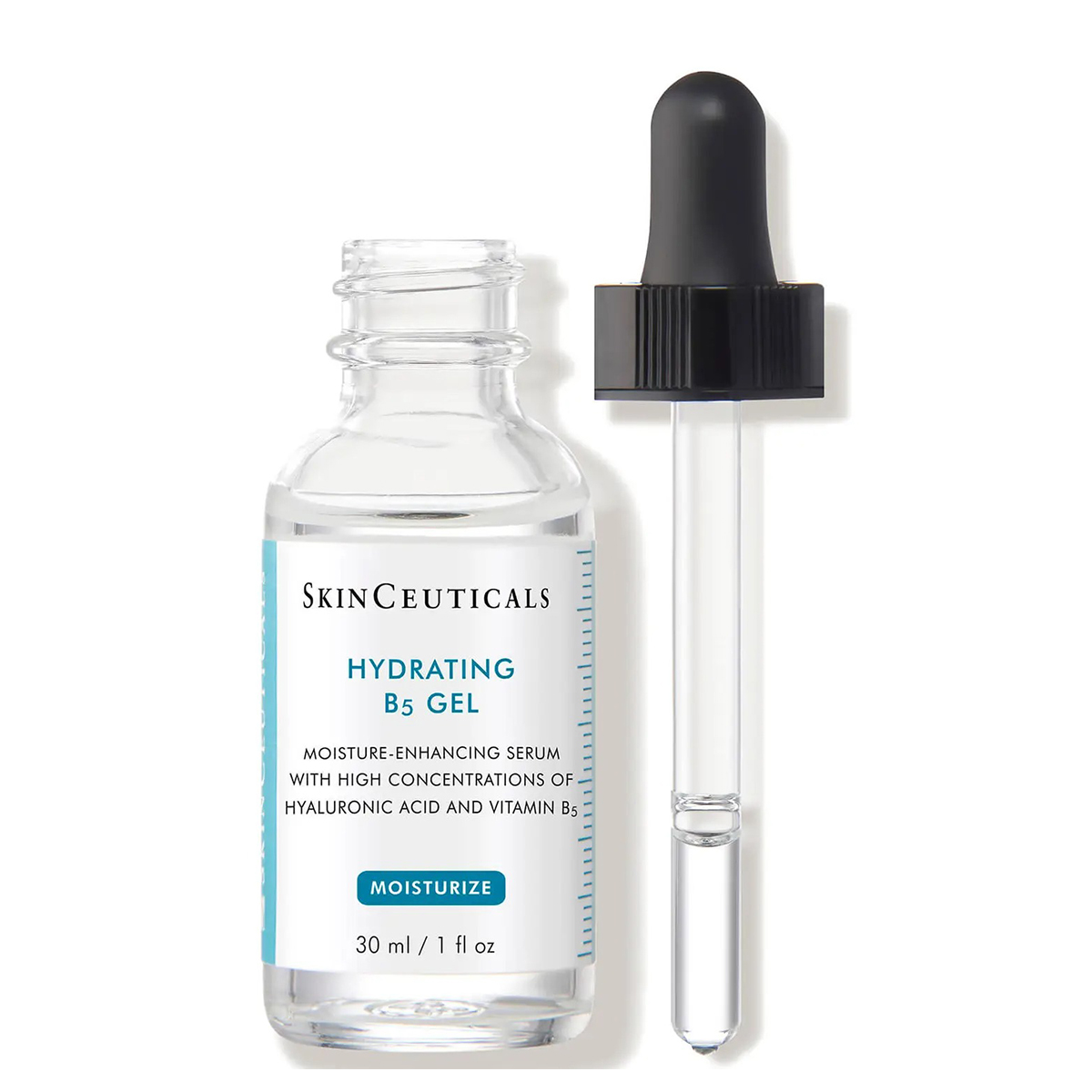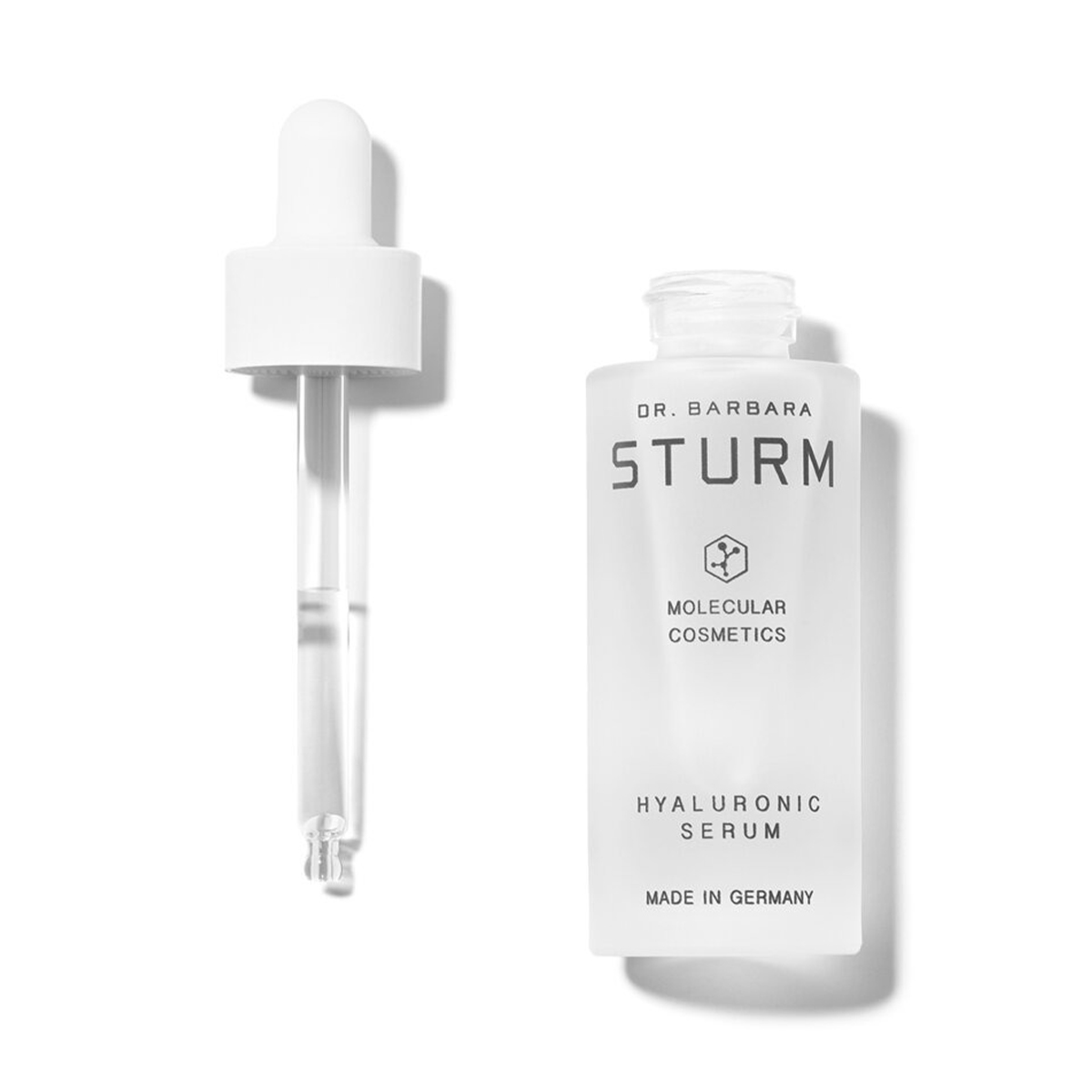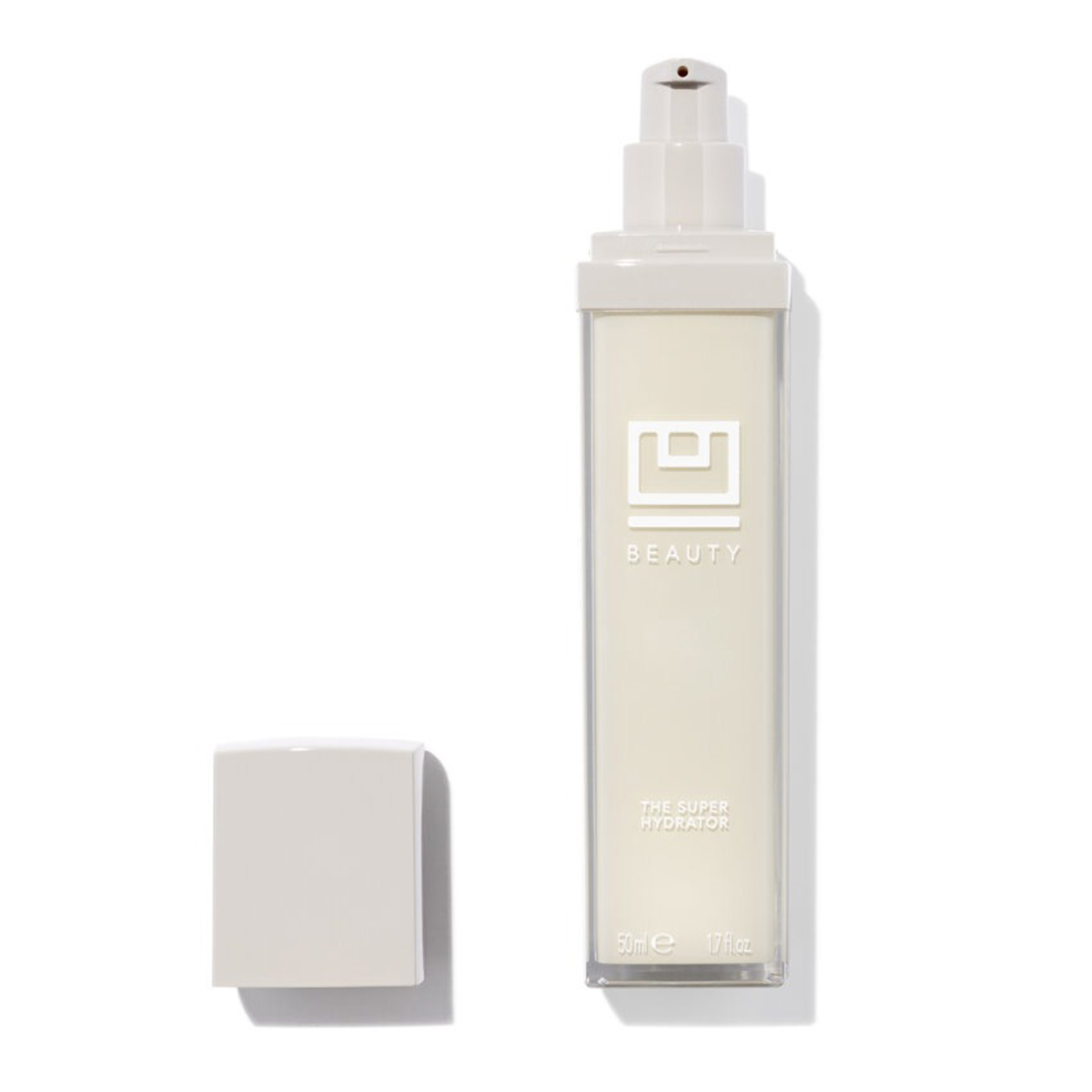Move Over, Hyaluronic Acid—Polyglutamic Acid Retains 5 Times More Moisture
If you ever suffer from dry skin, chances are, you've reached for hyaluronic acid, and for good reason. This hydrating ingredient revives dry, tight, or flaky skin. As someone with extremely dry skin no matter what I throw at it, I often wish there was something even more hydrating than hyaluronic acid.
Enter polyglutamic acid. Consider polyglutamic acid hyaluronic acid's overachieving older sister. The two ingredients are cut from the same cloth and have many of the same benefits for skin, but with a few key differences. Keep reading to find out more about polyglutamic acid.
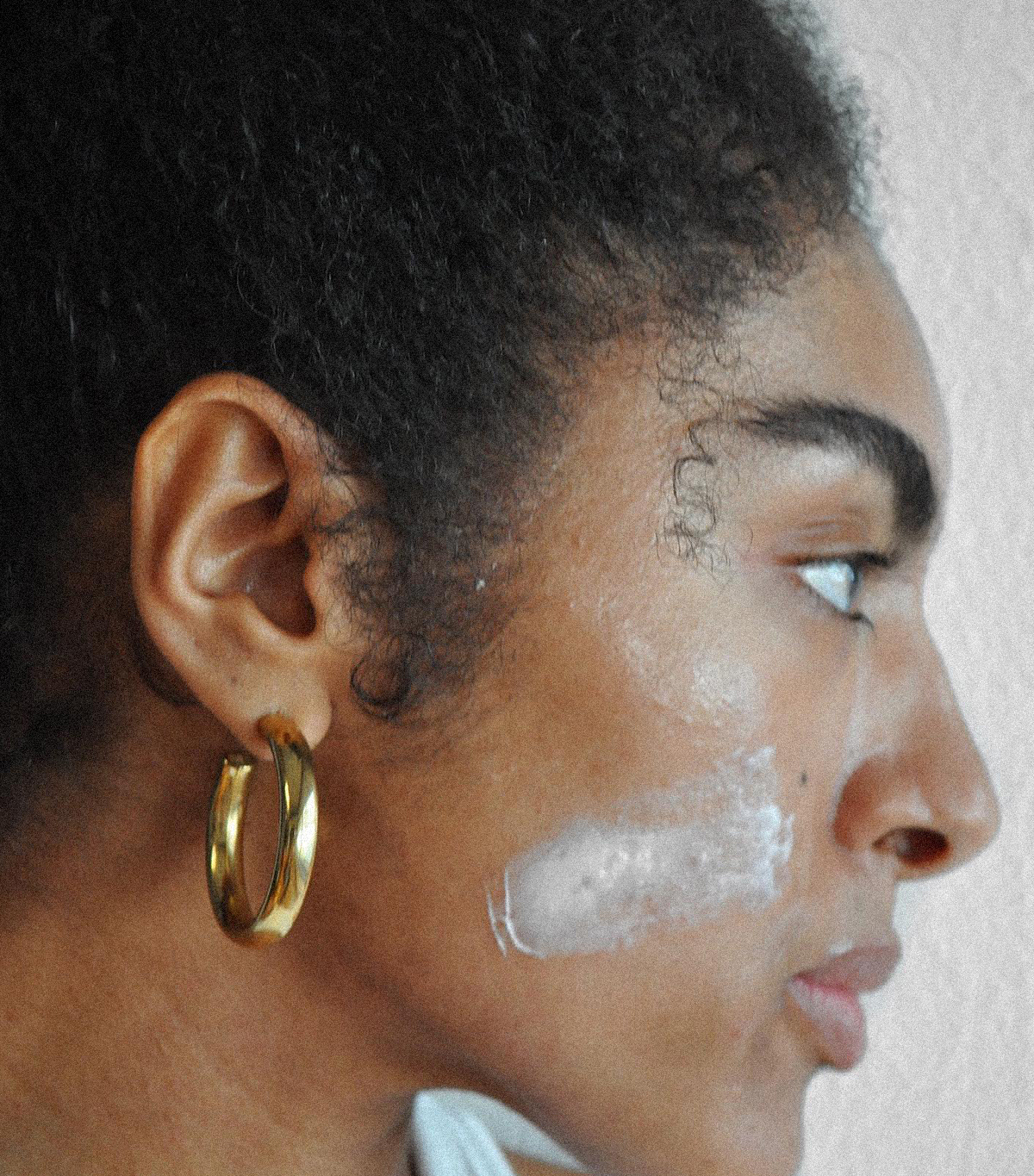
What are the benefits of polyglutamic acid?
Just like hyaluronic acid, Polyglutamic acid is a humectant. According to Elyse Love, MD, a board-certified dermatologist, that means the ingredient draws moisture into the skin when it is paired with a moisturizer. "This leads to increased skin hydration and improvement in the appearance of dullness and fine wrinkles," she explains. "It is a great ingredient for anyone who wants extra hydration to the skin, especially those who struggle with dull and/or dehydrated skin. It plays well with almost all other skin ingredients and works well for all skin types."
Hyaluronic Acid vs Polyglutamic Acid
The biggest difference between hyaluronic acid and polyglutamic acid is polyglutamic acid's ability to retain water. "It's been shown to retain moisture up to 5000 times its weight, which is more potent than hyaluronic acid," says David Kim, MD, MS, and board-certified dermatologist. "Hyaluronic acid can retain moisture up to 1000 times its weight."
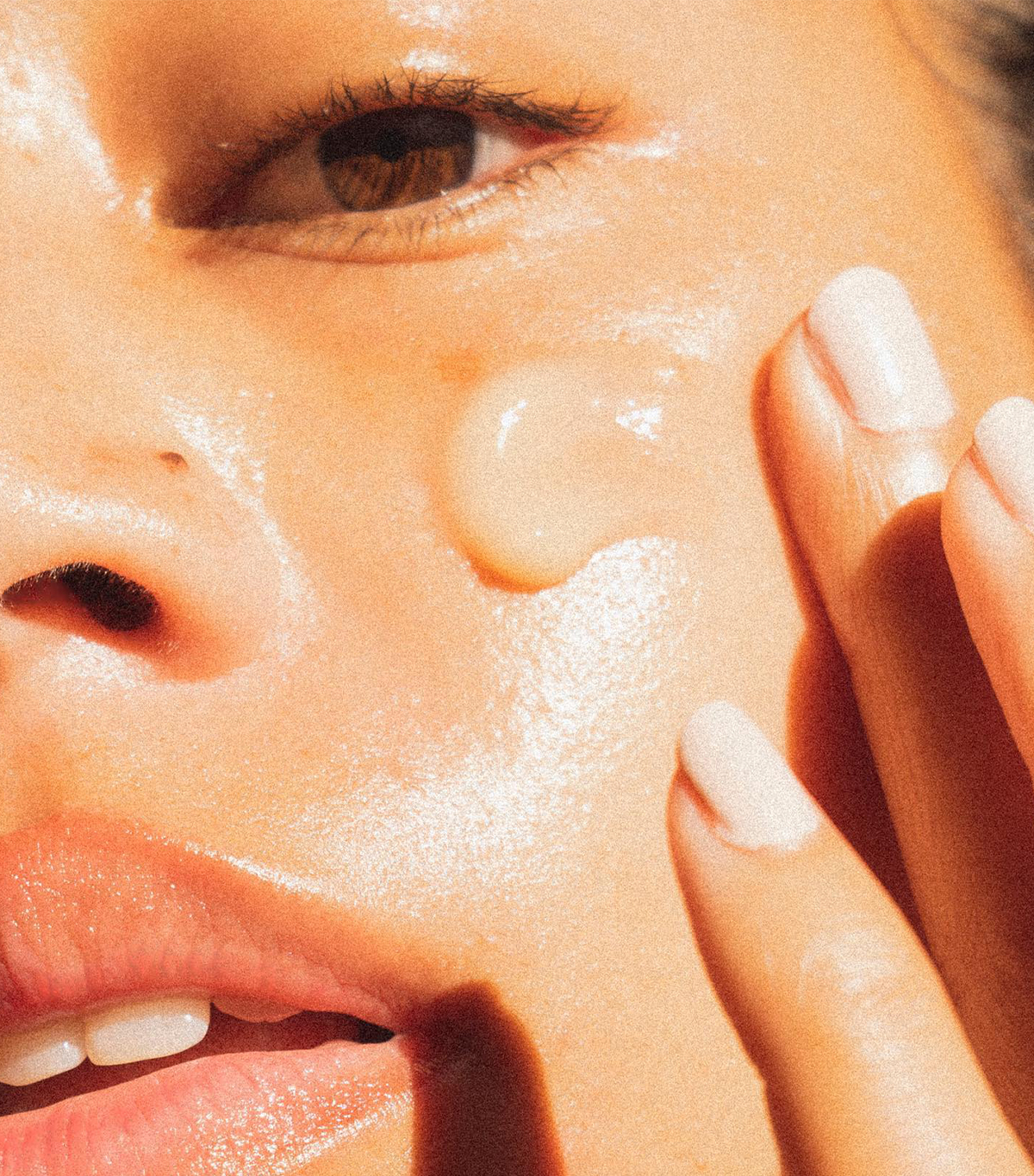
Our favorite polyglutamic acid products:
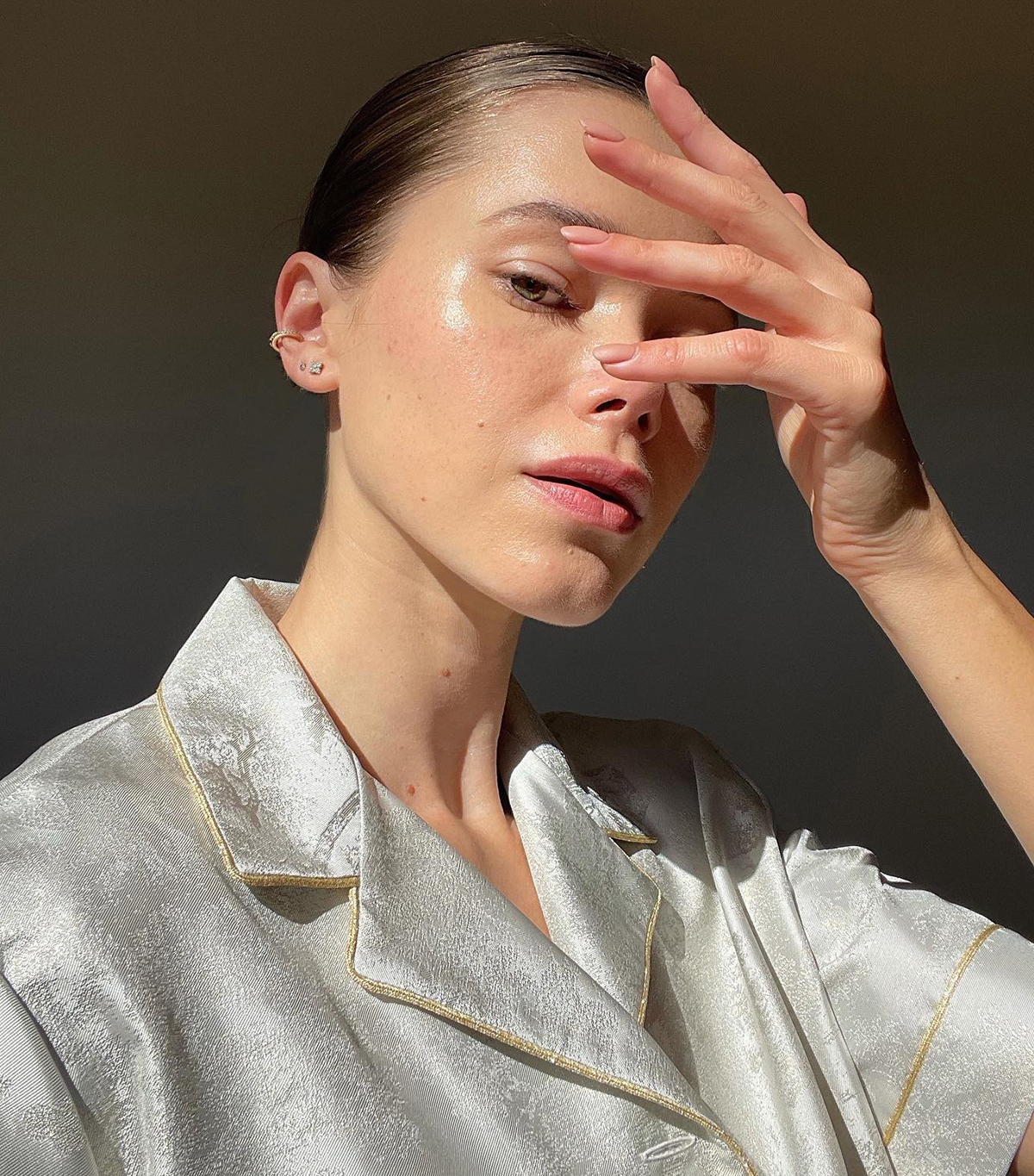
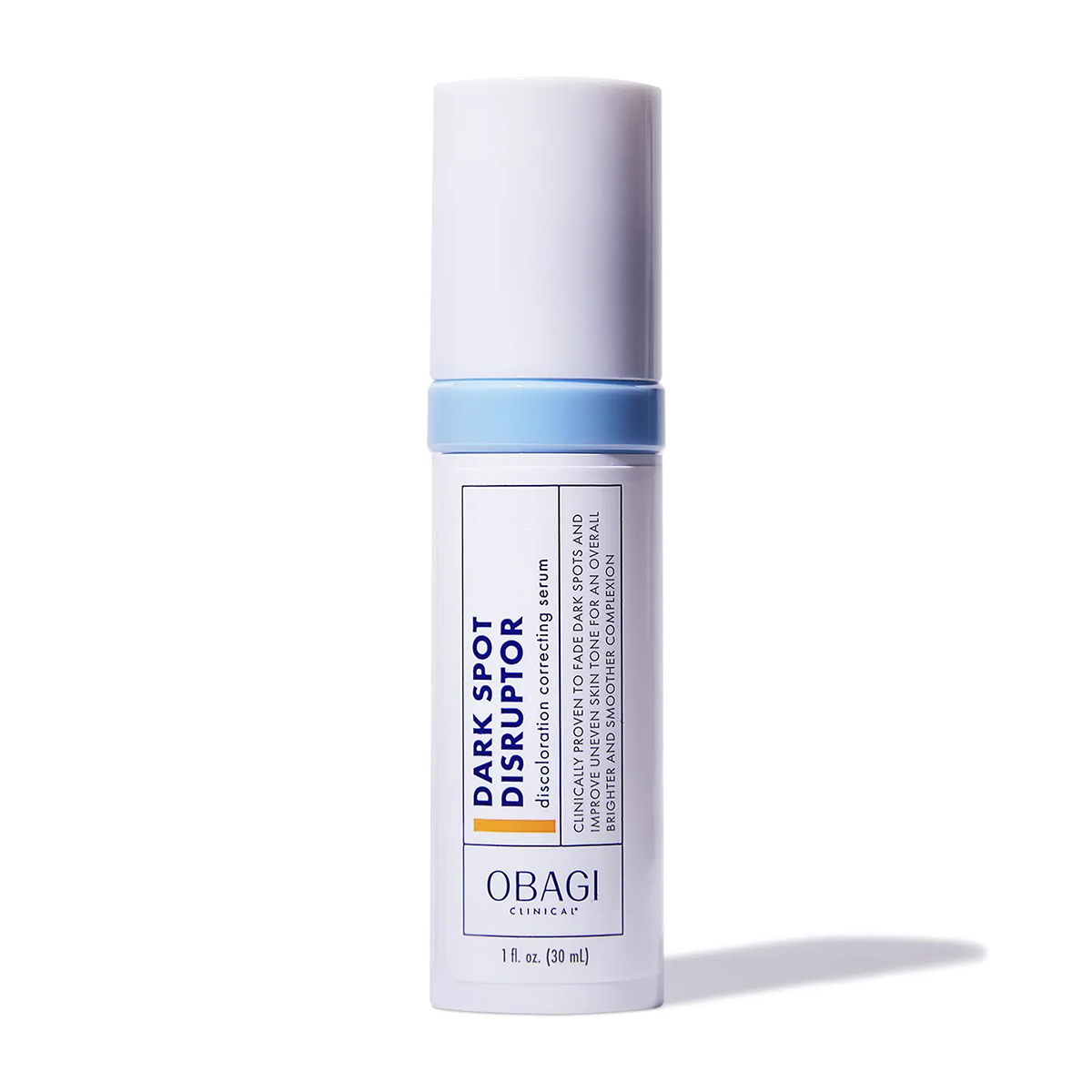
"Obagi Clinical Dark Spot Disruptor Discoloration Correcting Serum combines the hydrating effects of polyglutamic acid with the soothing and brightening effects of bakuchiol for a gentle, lightweight formula to improve the appearance of dark spots, dullness, and fine wrinkles," says Love.
Other hydrating products we love:
Next: Hyaluronic Acid Should Be Your Desert Island Skincare Ingredient—Here's Why
Prior to her time at Who What Wear, Katie Berohn worked as the beauty assistant for Good Housekeeping, Woman's Day, and Prevention magazines, all part of the Hearst Lifestyle Group. She graduated from the University of Colorado, Boulder, with a major in journalism and minor in technology, arts, and media, and earned her master's degree at NYU's graduate program for magazine journalism. In addition, Katie has held editorial internships at Denver Life magazine, Yoga Journal, and Cosmopolitan; a digital editorial internship at New York magazine's The Cut; a social good fellowship at Mashable; and a freelance role at HelloGiggles.
